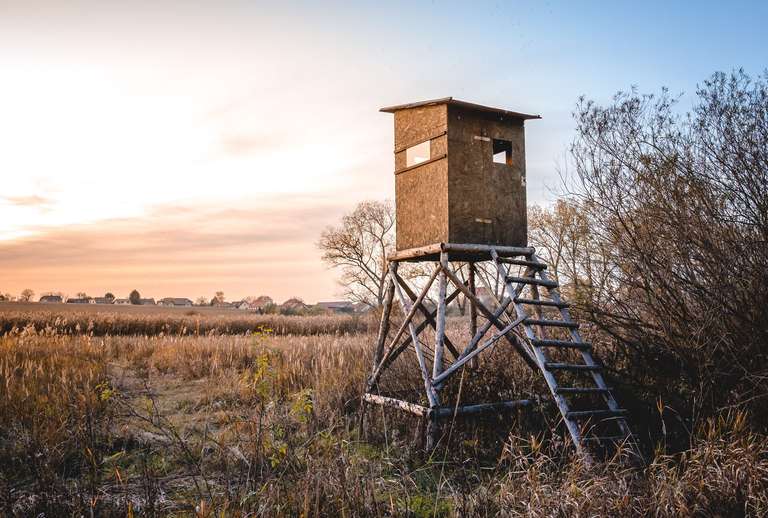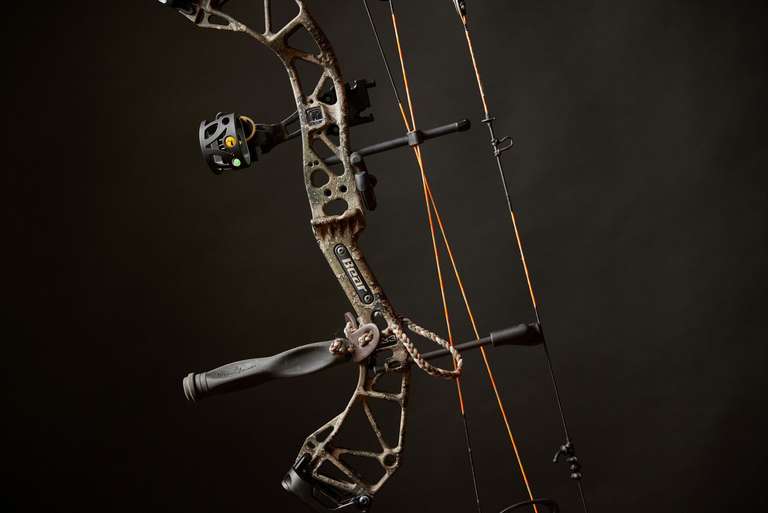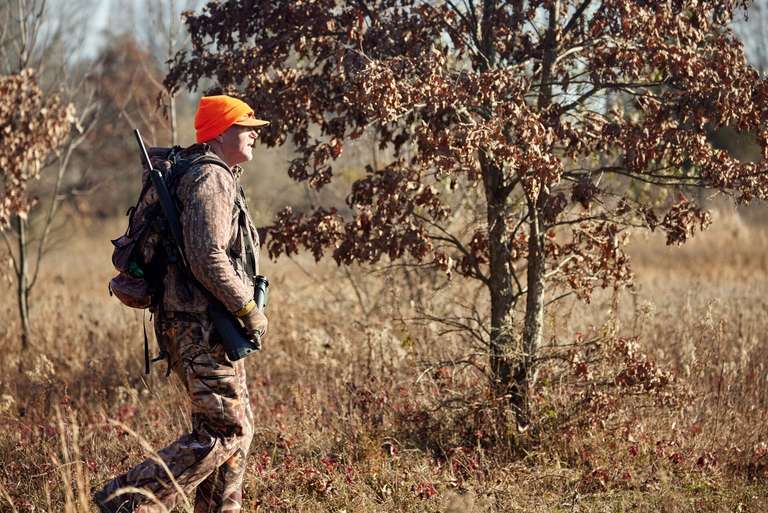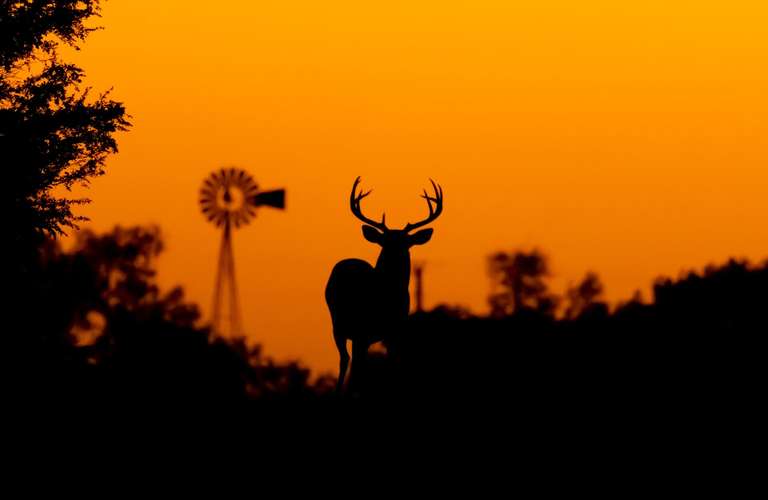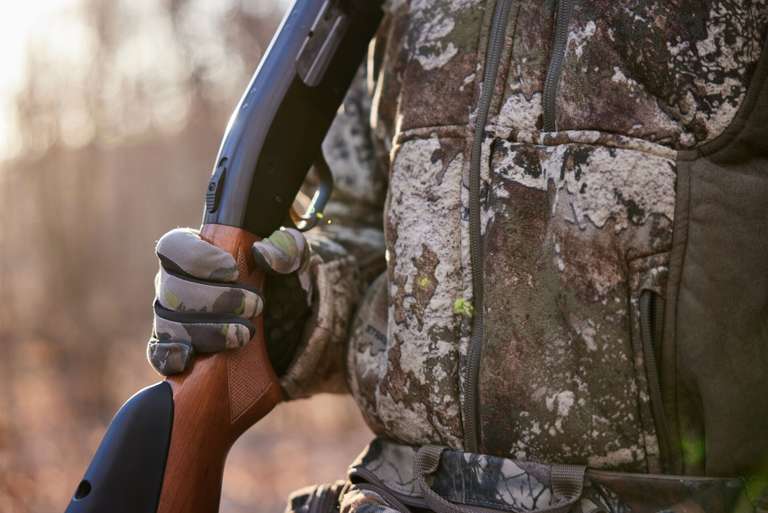Why Do Hunters Wear Orange (and Can Animals See It?)
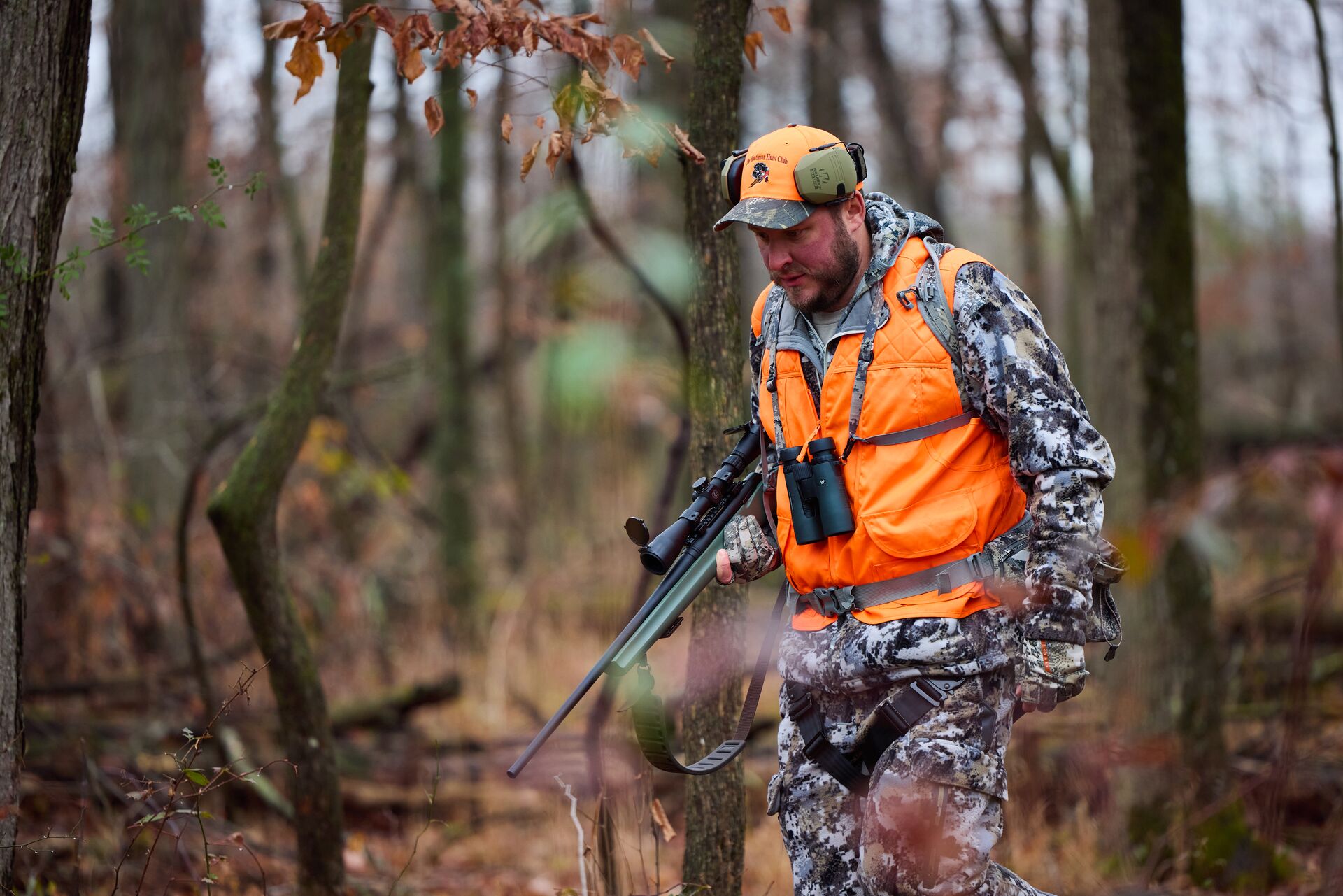
Perhaps no other piece of clothing identifies a hunter than the bright blaze orange vest, jacket, or cap. The vibrant color of this iconic hunting season symbol stands out in sharp contrast to the natural terrain, making hunters easily recognizable to each other.
Wearing blaze orange — and knowing why it matters — is one of the many critical topics covered in hunter education courses that focus on safety and field skills. But why do hunters wear orange and not another bright color? And, perhaps more important, can deer see blaze orange?
Let’s explore the importance of orange in hunting, how the color works, and whether animals like deer can see it. You’ll also discover how to use orange to stay safe and concealed when you head out on your next hunt.
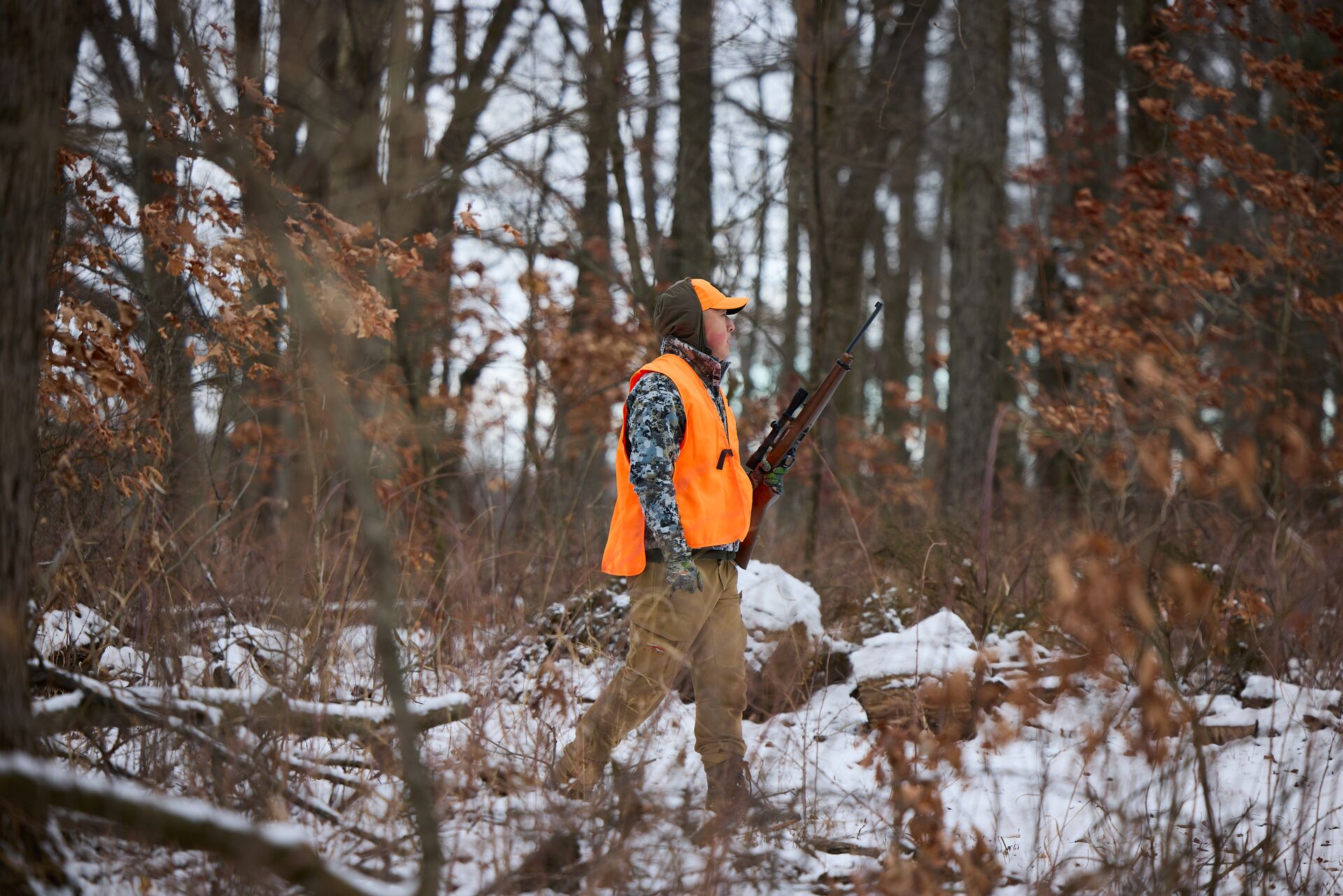
Why Do Hunters Wear Orange?
Blaze orange is more than just a tradition for big game and upland hunters. The color plays a crucial role in keeping hunters safe and visible, and understanding its purpose helps clarify why it is required in so many states.
Safety First
The primary reason we wear orange for hunting is for safety.
Blaze orange, also known as hunter’s orange, is a vibrant, fluorescent color that stands out against natural background colors like green, gray, brown, and blue. The color is visible to the human eye at long distances and in low light conditions.
In areas and seasons with a higher density of hunters, like whitetail season, wearing a visual indicator like blaze orange dramatically reduces accidents by clearly distinguishing hunters from animals.
Legal Requirements
Most states require hunters to wear blaze orange during certain hunting seasons when more hunters are expected to be in the field. These are typically deer and elk seasons when hunters use modern firearms, such as rifles, and shoot at the game from longer distances.
Although each state's requirements vary, most mandate a minimum of 400-500 square inches of blaze orange be worn on the head, chest, and back. So, only wearing a bright orange baseball cap will not meet these requirements.
What about other bright colors? Some states allow blaze pink as an alternative to orange.
Recognition by Other Hunters
Blaze orange attracts the human eye due to its sharp contrast to the natural environment. This allows hunters to quickly identify one another, even in thick foliage, low light, or when partial obstructions such as trees and bushes are present.
When hunters work independently on public or private land, it's critical to quickly identify another human at a distance so you can maintain a safe shooting lane.
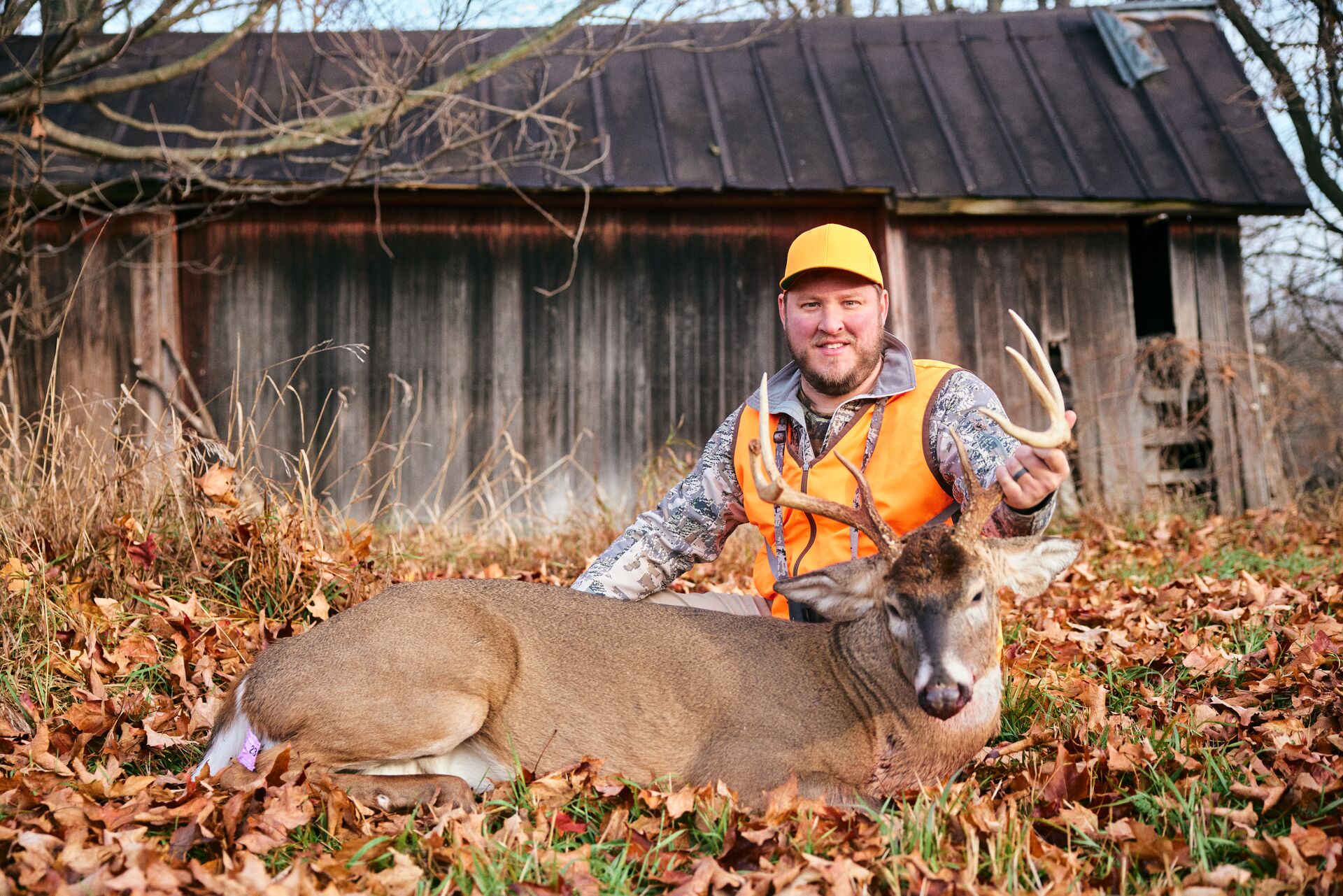
Can Deer See Blaze Orange?
So, if hunters can see it, can deer see blaze orange?
Hunters often wonder if blaze-orange clothing will alert animals to their presence. The answer depends on how each animal sees and perceives color.
Deer Vision vs. Human Vision
Humans have trichromatic vision, which enables us to perceive the full range of colors, including red, green, and blue.
Deer (whitetail and mule deer) have dichromatic vision, which restricts them to seeing only blues and greens. These receptors help deer distinguish between green foliage and blue sky for foraging and navigation.
Since deer lack the receptors to see red, they are less capable of detecting reds and oranges.
Deer See Blue Better Than Orange
Due to their dichromatic vision, blaze orange tends to look more gray or dull brown to deer. However, their blue receptors make any blue-colored clothing or equipment stand out.
That’s why traditional blue jeans will not help you be sneaky in the woods.
Orange Blends Into the Environment for Deer
Even though wearing orange for hunting may make you feel like you have a neon sign that says “HERE IS A HUMAN,” deer perceive the color with far less contrast against natural backgrounds. This is why a hunter in blaze orange can blend in with browns like tree bark, fall foliage, and gray rocks.
A deer’s limited color vision is what allows us to stay reasonably camouflaged as long as we manage our scent and motion while staying highly visible to other hunters.
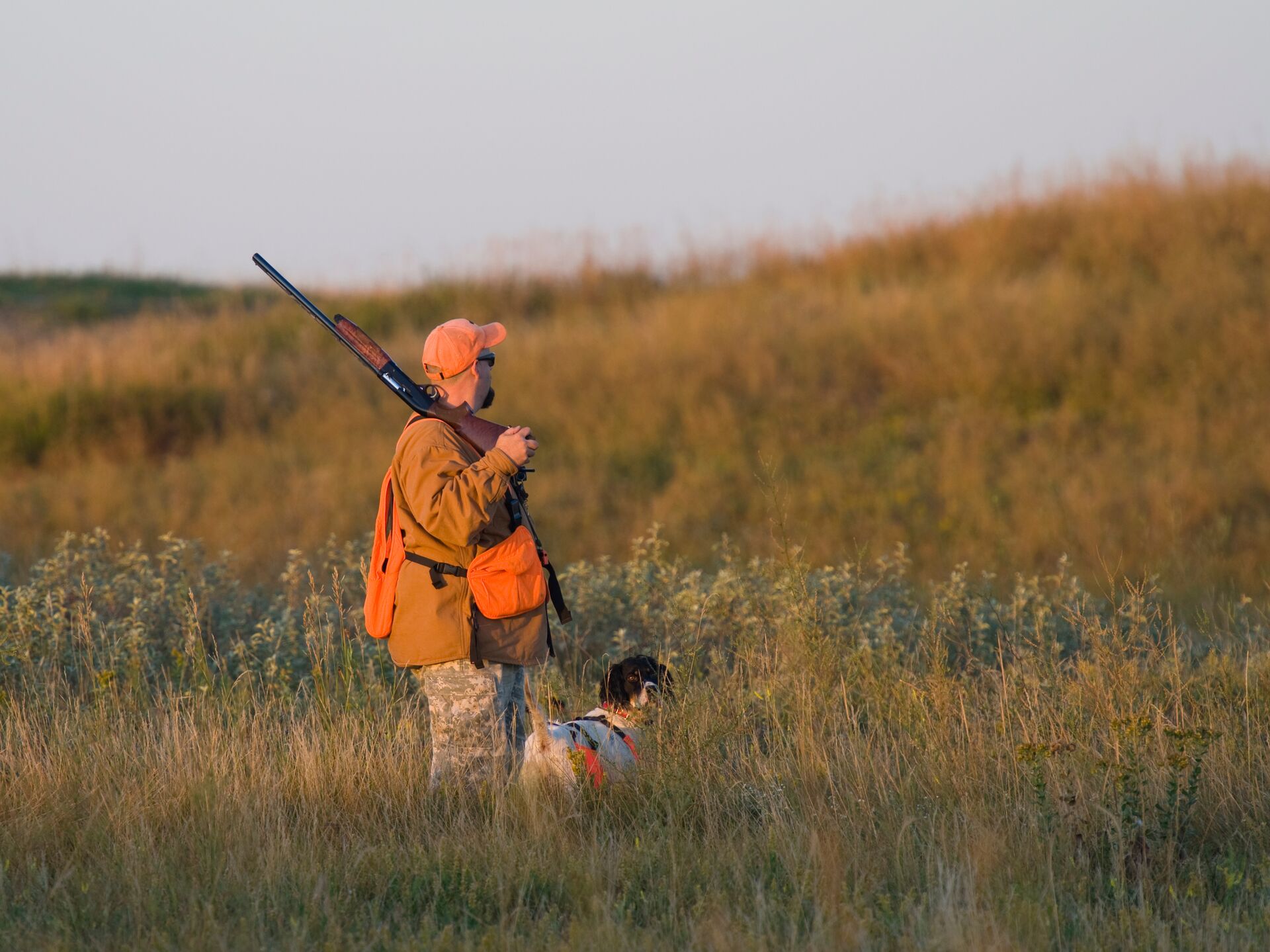
Other Animals and Blaze Orange
While blaze orange is not noticeable to deer, the color can be a vibrant neon sign to other wild game.
Based on their role as predator or prey, animals have specialized visual receptors that help them thrive in their environments. These variations play a role in answering the question: Why do hunters wear orange if animals can still see it? The answer depends on the species.
Turkeys and Birds
Turkeys and birds have tetrachromatic vision. They have four types of color receptors, including one that responds to ultraviolet light.
A turkey’s uncanny ability to see UV light can be problematic if you wash your hunting clothing with a UV brightener detergent. If you do, there’s a good chance you’ll appear as a glowing beacon to these savvy sight-centric birds.
A bird’s four-receptor vision also means they can see blaze orange, which is why states don’t require hunters to wear blaze orange during turkey or waterfowl season. However, some states do require hunters to wear blaze orange while upland hunting, so check your state’s regulations.
Predators and Small Game
Although coyotes, foxes, and bobcats also have dichromatic vision, they generally have better color perception than deer.
These predators have blue and yellow receptors, which enable them to detect oranges more effectively. Like deer, small game, such as rabbits and squirrels, also have blue and green receptors that make those colors stand out against natural backgrounds.
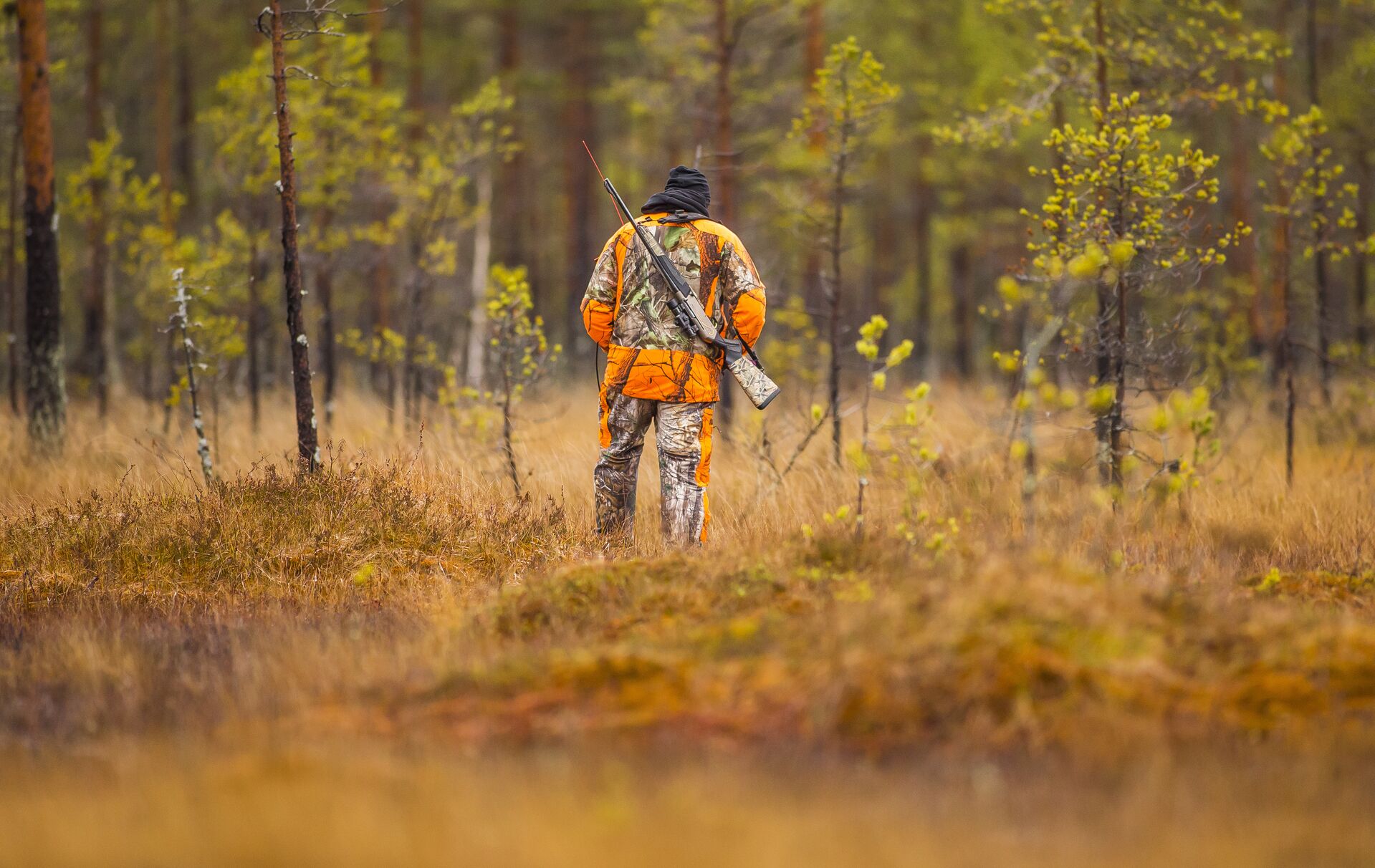
How to Stay Concealed While Wearing Blaze Orange
Even though blaze orange can increase your visibility to other hunters, you still need to know how to stay hidden from wildlife. Here’s how to maximize concealment without compromising your visibility.
Camo with Blaze Orange
Today’s blaze orange hunting clothing is blended with camouflage patterns to break up your outline. These patterns visually disrupt the human silhouette for game animals while still meeting safety requirements.
Limit Movement
Regardless of the colors you’re wearing, game animals are more likely to notice movement than colors. Using slow, deliberate movements and maintaining cover between you and your prey will help provide concealment, even when wearing blaze orange.
Scent Control
Deer rely more on their noses than their eyesight to detect danger. White-tailed deer can detect odors up to 100 yards away, thanks to their approximately 300 million olfactory receptors. For perspective, humans only have 5 million.
Use scent-eliminating sprays, wash your hunting clothing in fragrance-free detergents, and hunt with the wind in your face. Ignore those fundamentals, and no amount of camouflage will keep you from being detected.
State Regulations for Hunter Orange
Regulations regarding the wearing of blaze orange can vary significantly from state to state. Most states, however, require hunters to wear blaze orange during modern firearm seasons for big game, such as deer and elk.
States also mandate the minimum number of square inches of orange that must be worn and visible from all angles. Game wardens will issue citations if you do not meet those minimums, resulting in fines and potential hunting license suspension.
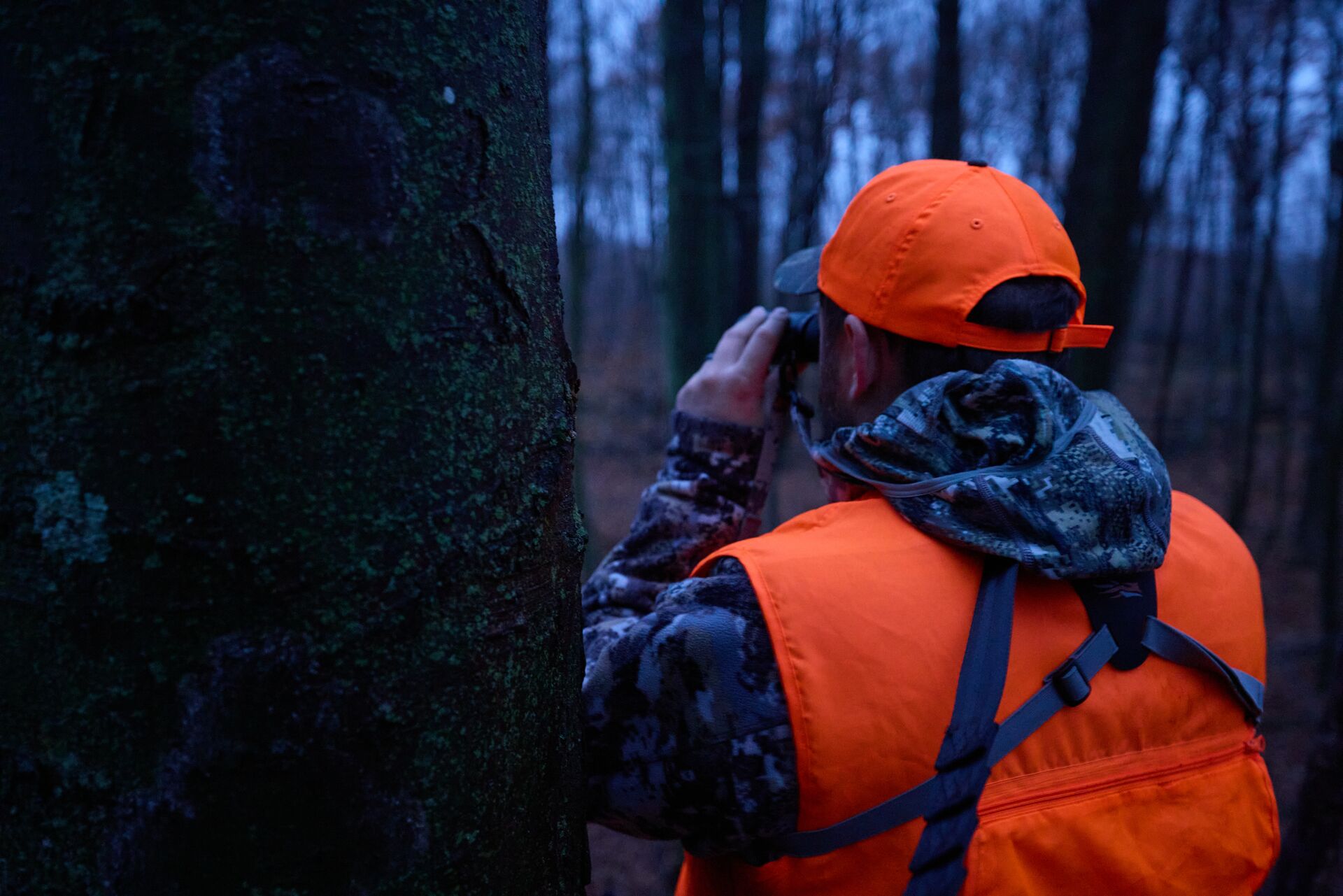
Stay Visible and Stay Safe This Season
Although wearing orange for hunting may seem counterintuitive, now you know why it won’t scare off deer. Plus, wearing this bright orange is one of your best strategies for staying visible to other hunters and reducing shooting accidents.
You can learn more comprehensive information about staying safe while hunting by taking an online hunter safety class through ilearntohunt! Our state-specific courses are a crucial first step for novice hunters in establishing a solid foundation of knowledge that will support a lifetime of safe, successful, and ethical hunting experiences.
Plus, taking a course through ilearntohunt helps you meet your state's requirements for hunter education. So, choose the course for your state and get certified before your next hunt!

